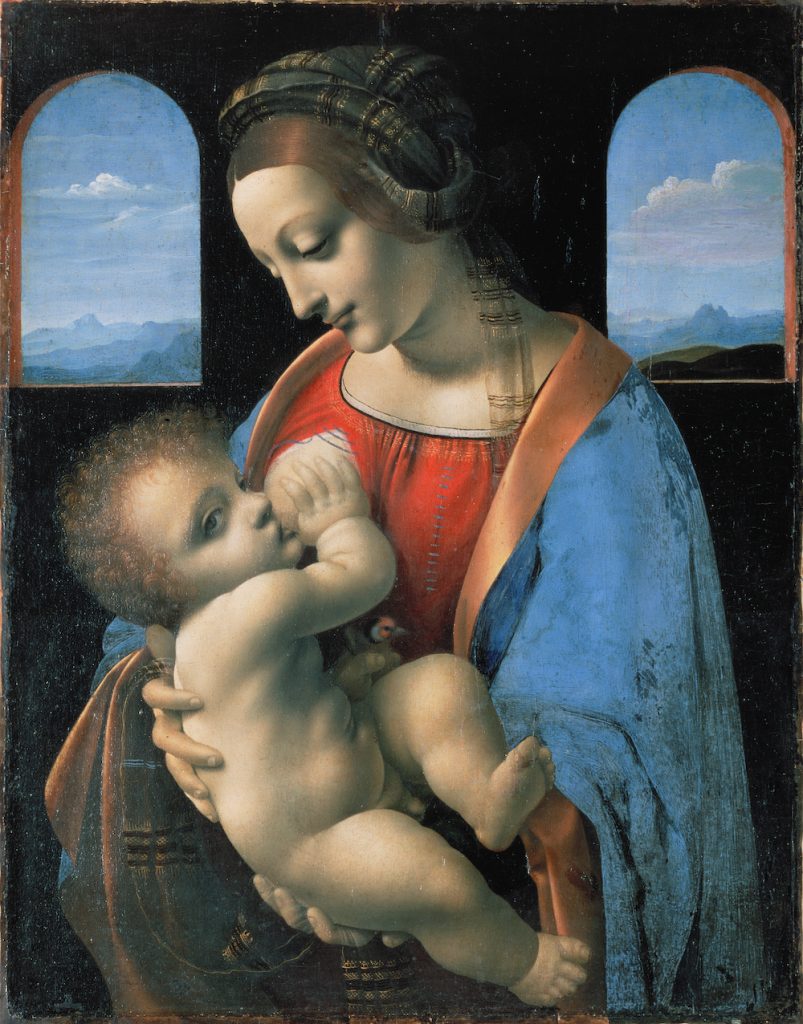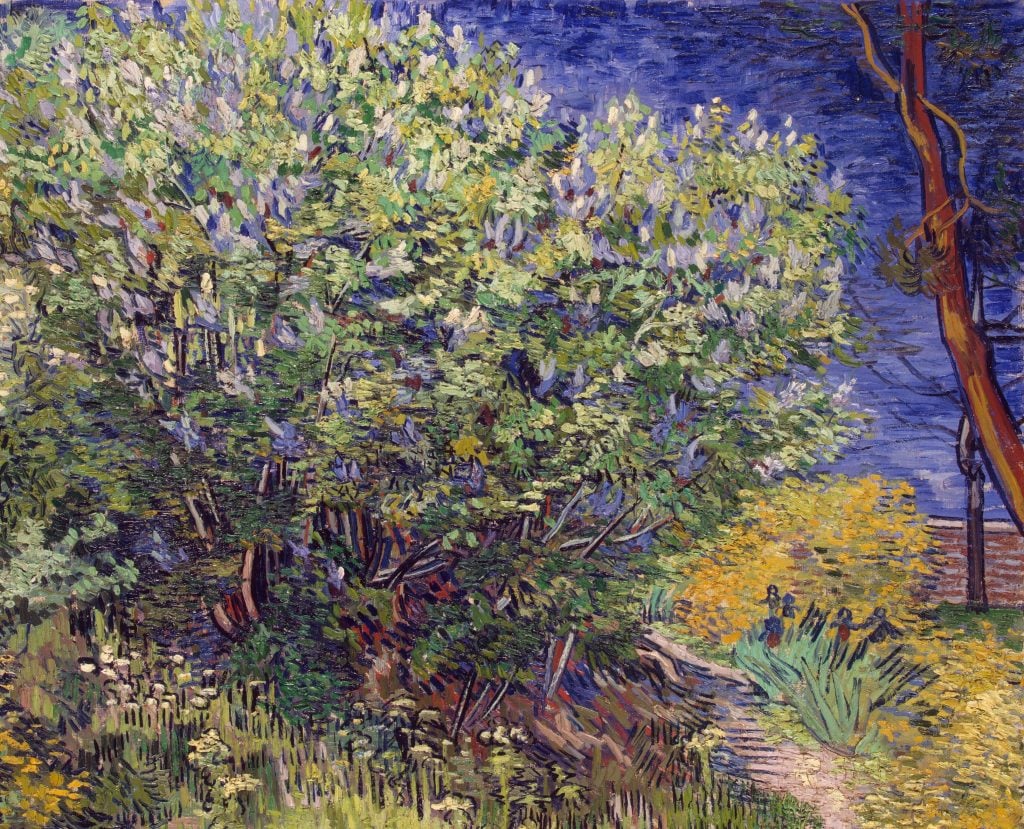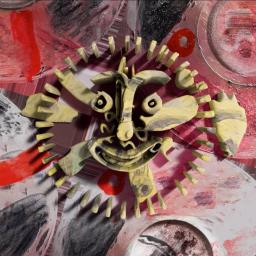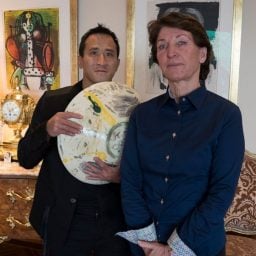Russia’s State Hermitage Museum is getting into the NFT game.
This week, the St. Petersburg institution announced that it will auction off tokenized versions of five famed artworks from its collection: Leonardo da Vinci’s Madonna Litta (1490); Giorgione’s Judith (1504); Vincent van Gogh’s Lilac Bush (1889); Wassily Kandinsky’s Composition VI (1913); and Claude Monet’s Corner of the Garden at Montgeron (c. 1876).
The sale is set to take place at the end of next month on the Binance marketplace. The idea is to “provide a new level of accessibility to the Hermitage’s collections” and “emphasize the importance of digitalization as a new stage in the realm of collecting artworks,” according to the museum’s announcement.
Each artwork will be minted in an edition of two; one will go up for sale while the other will enter the museum’s collection. They’ll all bear the digital signature of Mikhail Piotrovsky, the Hermitage’s general director.
The sale marks the Hermitage’s first venture into the world of NFTs, a technology Piotrovsky said has “opened up a new chapter in the development of the art market.”
“This is an important stage in the development of the relationship between a person and money, a person and a thing,” the director said in a statement. “The NFT is a route that creates democracy, makes luxury more accessible, but at the same time exceptional and exclusive.”

Leonardo da Vinci, Madonna Litta (1490).
But the museum’s entree into the cryptocurrency market faces some obstacles, too. Last year, Russian President Vladimir Putin signed into law a pair of bills regulating the sale of digital assets in the country. The laws require that most crypto-properties be registered with the Bank of Russia and reported for tax purposes, among other stipulations.
In its announcement, the Hermitage said its model for the creation and sale of NFTs “fully complies with Russian legislation.” A spokesperson for the museum did not immediately respond to a request for additional information.
Despite the fact that the proceeds from next month’s auction will go back to the museum, Piotrovsky told the Art Newspaper that “[w]e’re not looking at it as a way of making money.” Prices for the digital artworks have not been disclosed.
“It’s not clear how one can earn from this,” he continued. “Maybe it’s not possible. But it’s interesting for us because it’s a new form of people’s relationship with art.”
The NFTs entering into the Hermitage’s collection will appear as part of an in-person exhibition at the venue this fall.
“We try everything,” Piotrovsky said. “Since NFTs exist, we need to try them.”










